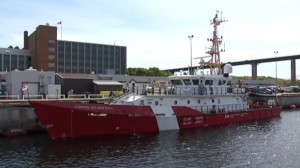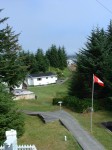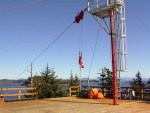Reprinted with permission from Jack Knox, Times Colonist
***************************
New threat to lighthouses illuminated
By Jack Knox, Times Colonist April 3, 2012
Imagine the fuss if the owner of a 152-year-old downtown heritage building just walked away from the structure, allowed it to crumble.
But the Race Rocks lighthouse isn’t downtown. It’s plunked in the waters off Metchosin, as out-of-sight, out-of-mind as many of the other West Coast lighthouses that Pat Carney worries about.
That’s why Saturna Island’s Carney is sounding the alarm (or perhaps the foghorn) about a rapidly approaching deadline that could determine whether lights stand or fall.
This has been an ongoing battle for the former senator and Mulroney-era cabinet minister who, even retired from politics, remains a fierce advocate for B.C.’s coastal communities. This fight goes back years and years, a reaction to Ottawa’s history of tearing down, burning down or neglecting-to-death light stations it no longer valued. Continue reading New Threat to Lighthouses Illuminated →








